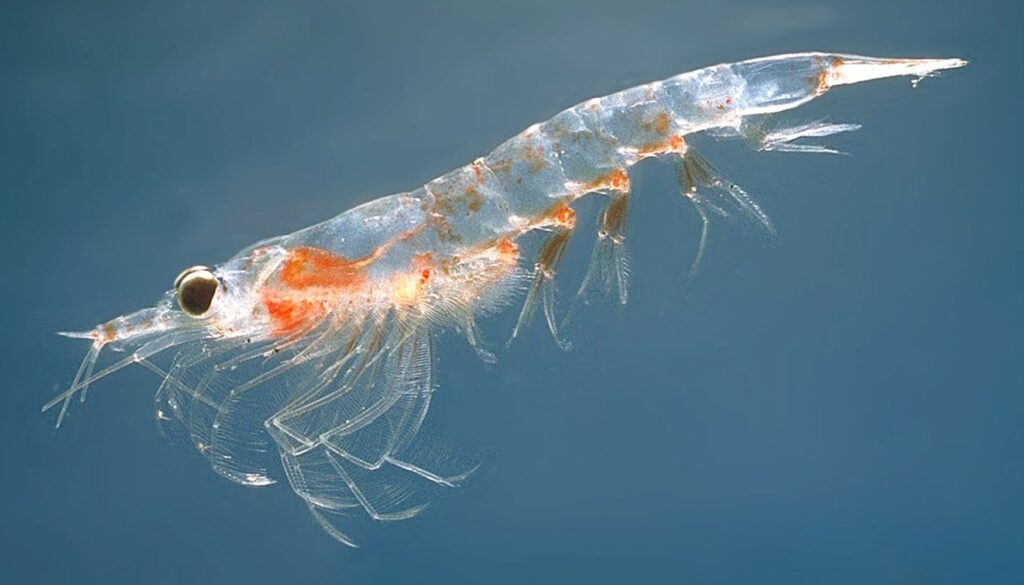Antarctic Lands has dedicated 5 NFT postage stamps to Antarctica’s wildlife in danger of extinction.
The ice continent has more than 14 million square kilometers of surface area, totally frozen.
Global warming has altered the Antarctic ecosystem. The increase in temperature has caused a decrease in the frozen surface, therefore, the habitat of different species has also decreased.
The list of Antarctic animals in danger of extinction is extensive. One of the species that could disappear in the future is the southern right whale. It is 15 meters long and weighs more than 47 tons. These whales swim with their mouths open and the krill shoals remain in their “baleen”, specialized blades that filter the water. The whales swim slowly and do not exceed 5 km/h on average. They give birth only every three to four years. Experts believe that southern whales live about 50 years, but there are currently only 10,000 southern right whales left on the planet.
Another seriously endangered Antarctic whale is the blue whale. This is considered the largest animal on the planet, because it weighs about 180 tons and is 29 meters long. The blue whale consumes up to 3600 kilograms of krill in a day. The population of these whales has been drastically reduced due to commercial whaling. Specialists estimate that the total number of blue whales does not exceed 3000.
The krill in danger of extinction
The Magellanic penguin is another species in danger of extinction that has seen its population decline. This seabird weighs up to six kilograms and its height does not exceed 50 centimeters. Each year the females lay two eggs. Climate change is a serious threat to the survival of this species. As sea surface temperatures rise and marine productivity decreases, the Magellanic penguin has to work harder and harder to find food.
Experts have also placed the Amsterdam albatross among the species in danger of extinction. This bird lives most of its time at sea. It only comes to land to breed and raise its young. There are only 130 of these albatrosses left, which have been affected by climate change and avian diseases.
Antarctica’s marine fauna could not survive without krill, the small crustaceans that measure less than a centimeter. They are the foundation of the food chain in the sea; but they are also at risk. The number of Antarctic krill has continued to decline, due to climate change. Rising temperatures mean that there is less ice, so less algal blooms are occurring. This means less food for the krill. Added to this is the threat of indiscriminate fishing for this crustacean. Fishermen catch and sell it for human consumption and also for the beneficial properties of krill oil.
Unfortunately, the list of Antarctic fauna in danger of extinction is ever longer. We must act quickly. Help protect Antarctica’s endangered wildlife by purchasing your postage stamp sheet from NFT. The postage stamp sheets are dedicated to the following species: Emperor Penguin, Antarctic Krill, Antarctic Crabeater Seal, Antarctic Blue Whale and Adélie or Adelaide Penguin.

